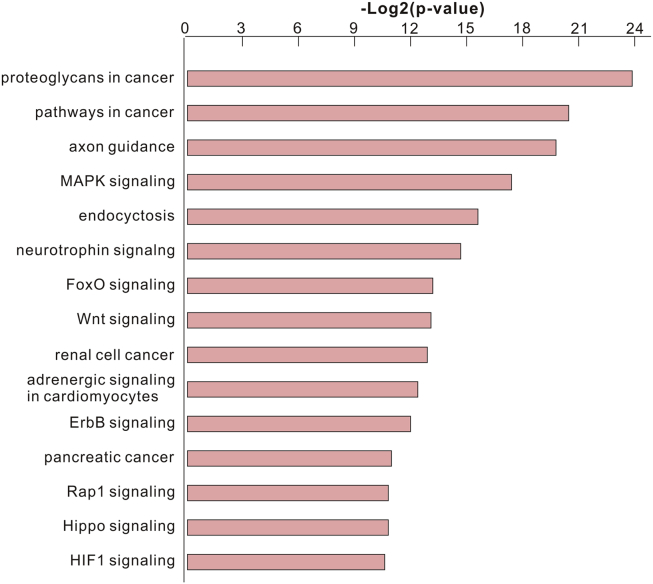Extracellular vesicles (EVs) similar to microvesicles (MIVs) play an essential function in intercellular communications. MIVs are small membrane vesicles sized 100-1000 nm in diameter which might be launched by many varieties of cells, similar to mesenchymal stem cells (MSCs), tumor cells and adipose-derived stem cells (ADSC).
As EVs can perform autocrine and paracrine capabilities by controlling multiple cell processes, it’s conceivable that EVs can be utilized as supply autos for treating a number of scientific situations, similar to to enhance cardiac angiogenesis after myocardial infarction (MI).
Here, we search to analyze whether or not ADSC-derived MIVs contain microRNAs that regulate angiogenesis and have an effect on cell migration of endothelial cells. We first characterised the ADSC-derived MIVs and discovered that the MIVs had a dimension vary of 100-300 nm, and expressed the MIV marker protein Alix. We then analyzed the microRNAs in ADSCs and ADSC-derived MIVs and demonstrated that ADSC-derived MIVs selectively launched a panel of microRNAs, a number of of which had been associated to angiogenesis, together with two members of the let-7 household.
Furthermore, we demonstrated that ADSC-derived MIVs promoted the cell migration and invasion of the HUVEC endothelial cells. The PKH26-labeled ADSC-derived MIVs had been successfully uptaken into the cytoplasm of HUVEC cells.
Collectively, our outcomes exhibit that the ADSC-derived MIVs can promote migration and invasion skills of endothelial cells, suggesting pro-angiogenetic potential. Future research ought to concentrate on investigating the roles and mechanisms by means of which ADSC-derived MIVs regulate angiogenesis.

Differentiation of Urine-Derived Induced Pluripotent Stem Cells to Neurons, Astrocytes, and Microvascular Endothelial Cells from a Diabetic Patient.
Complications of central nervous system in sort 2 diabetes mellitus (T2DM) typically result in cognitive impairment and significantly have an effect on the high quality of life. However, there isn’t any individualized illness mannequin.
Urine-derived stem cells could be a great supply for producing human induced pluripotent stem cells (hiPSCs) and progenitors, as they’re simply accessible, noninvasive, and universally accessible. In our analysis, we differentiated urine-derived hiPSCs into neuron (N), astrocyte (A), and microvascular endothelial cells (E) from a T2DM affected person.
Next step, we intend to coculture these three cells collectively in a 3D system to create a brand new illness mannequin in vitro, which can simulate the cerebral microenvironment of DM, for future examine of its pathogenesis and precision medical therapy.
